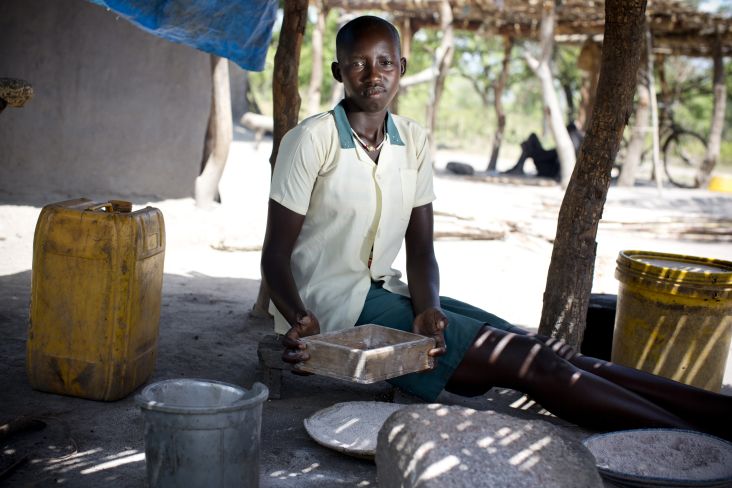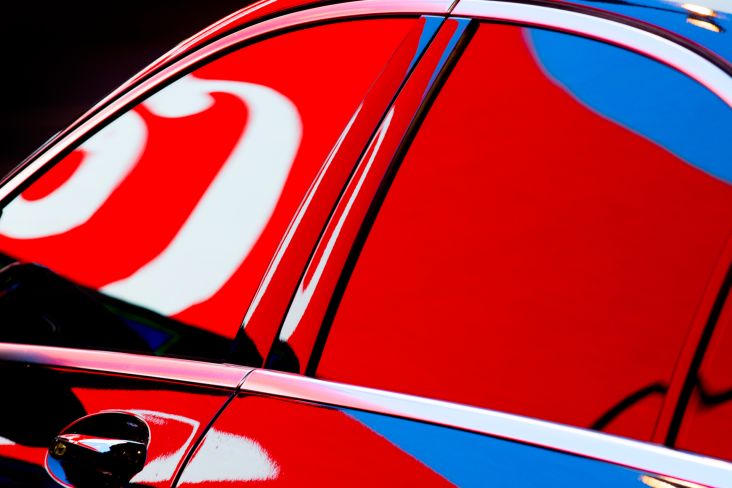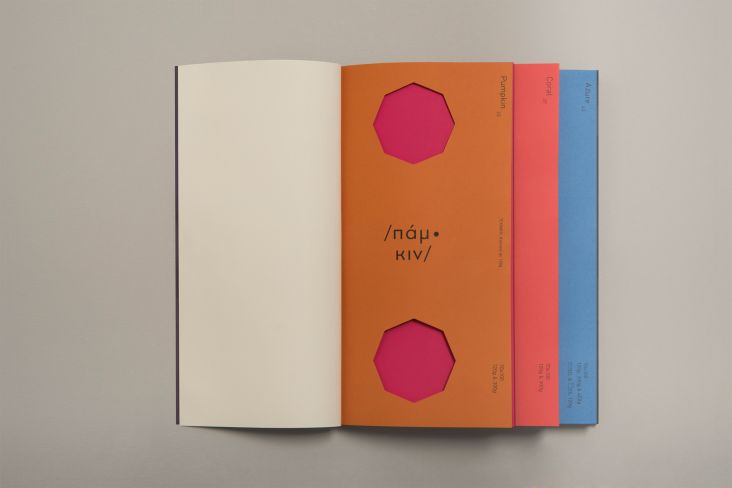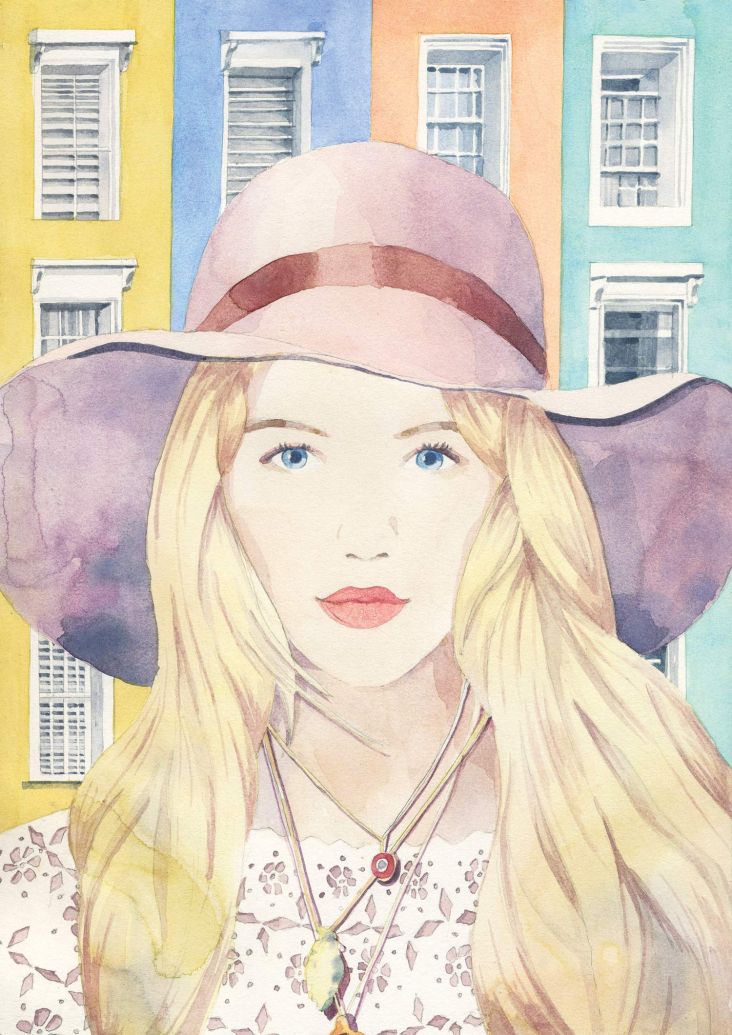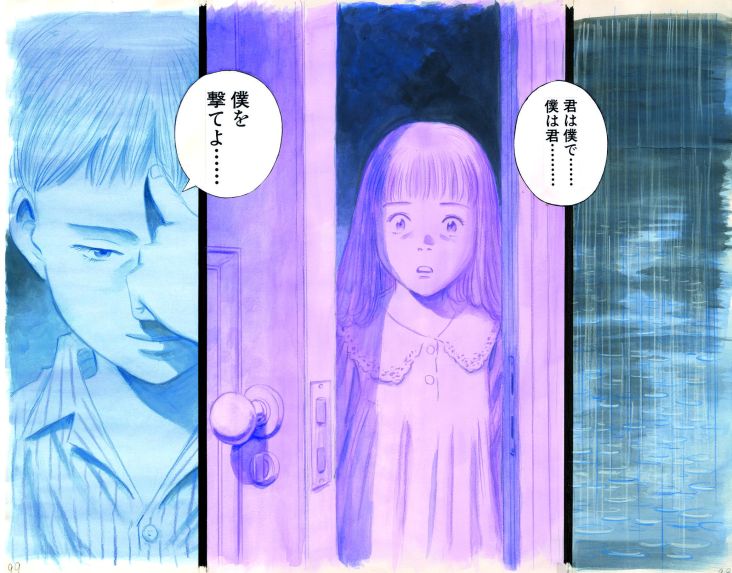Amy Blackwell on drawing inspiring strong women, fighting for gender equality and never sitting still
British illustrator Amy Blackwell creates work that focuses on sassy and strong female personas in a range of styles.
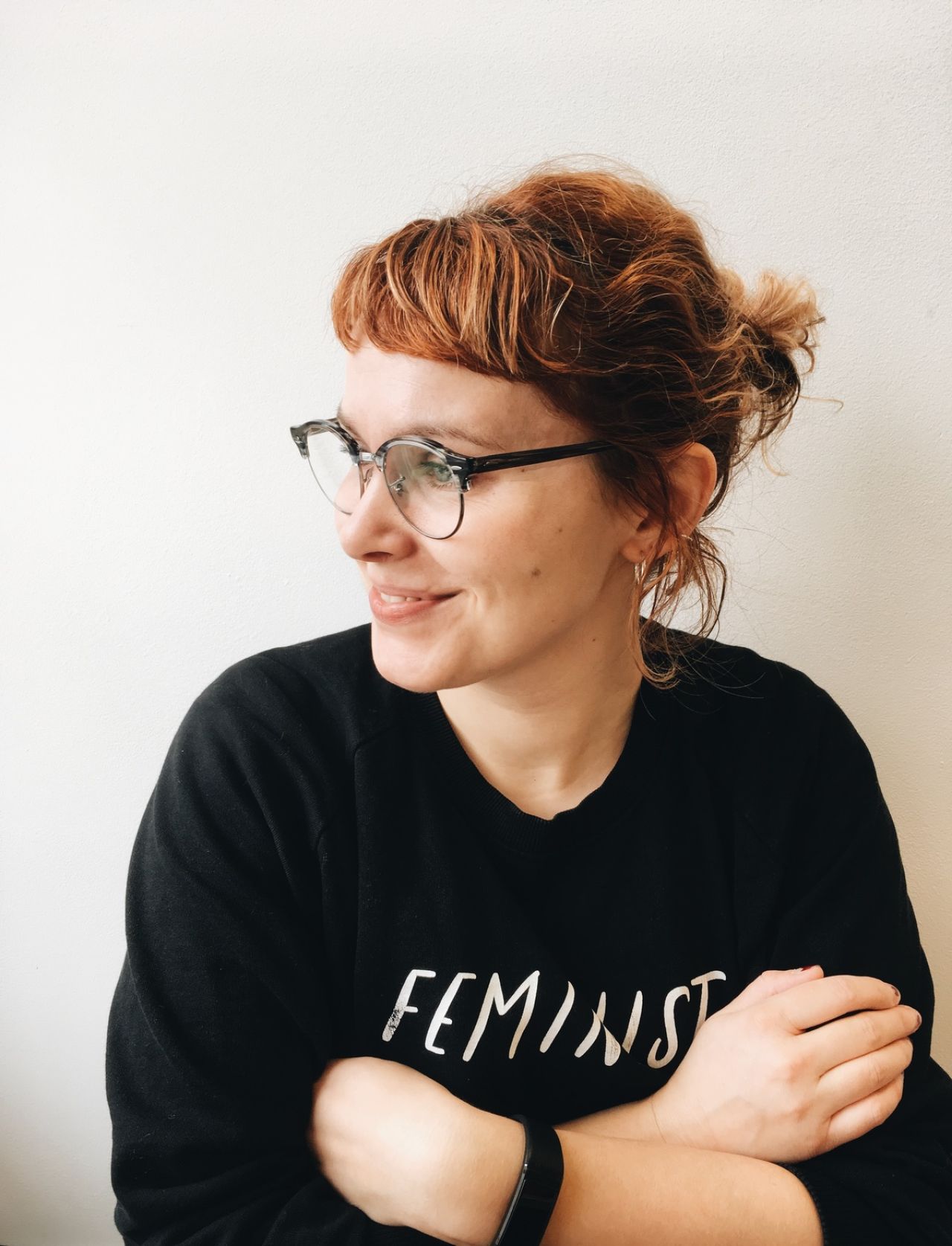
Growing up with artists for parents, it was her home life that gave her the confidence to pursue a career as an illustrator. After studying Fine Art at Nottingham Trent University, she now works from her studio in Nottingham.
Nourished by the creative community on social media, she has over 100,000 followers on Instagram alone – people who clearly love her use of different colours, shapes and patterns, which she draws on her iPad.
Amy draws inspiration from the vibrant online dialogues and trending hashtags which break down stigmas and promote Diversity and Inclusion. On International Women's Day, it seemed only apt to chat to Amy – especially as her latest commission is for the non-fiction children’s book, The Woman Who Rode a Shark: and Fifty More Female Adventurers.
Written by Ailsa Ross, the book has opened Amy’s eyes to the world’s most adventurous and curious women who never let their gender or circumstances eclipse their dreams of discovery. With this in mind, we chatted to Amy about her own creative life and work.
Social media has been good to you, but it also plays a central part in your work?
It’s a great way to share projects and work in progress. I love making little progress videos when I have time. I use Instagram as a sort of visual diary that’s open to the public and it probably acts as a very messy and up-to-date portfolio for people to see what I’m up to and what I’ve been working on. I don’t think it’s central to what I do, I just really like sharing bits and bobs as I go.

Wang Zhenyi
Tell us more about the new book, The Woman Who Rode a Shark – how did it come about and how do you feel about it?
I’m so excited about this book. It came about last summer totally out of the blue. I was contacted by the publishers who told me about the project and asked if it was something I’d like to be involved in. It’s one of the first big projects I took on after pursuing a full-time freelance career and it couldn’t have been more perfect – drawing strong and incredibly inspiring women throughout history, who could say no to that?
It’s been a wonderful eye-opener and getting to read about some of the things these women did was jaw-dropping. Books that tell these women’s life stories are so important and such a great way to educate and inspire new generations.
Were there any favourite women adventurers that you enjoyed illustrating most? Tell us more
I loved drawing some of the women from way back in history – like Teuta the pirate queen and Lady Sarashina. Reference photos were obviously out of the picture so there was a lot of creative freedom. A great excuse to play around with as many patterns and colours as possible.
I also really enjoyed watching my styles change and develop during the project. Towards the end, I think things got quite interesting because I was really having to mix things up and get variety.
What was your own childhood like? Did you always know you wanted to be an illustrator?
I had a great childhood. I was raised by creative parents so doing something artistic was in the blood. I knew from Day One that I wanted to spend all my time drawing. If I wasn’t drawing on every piece of paper in sight, I was drawing on the mirrors with face paint or strictly allocated sections of the whiteboard in my mum's office at work.
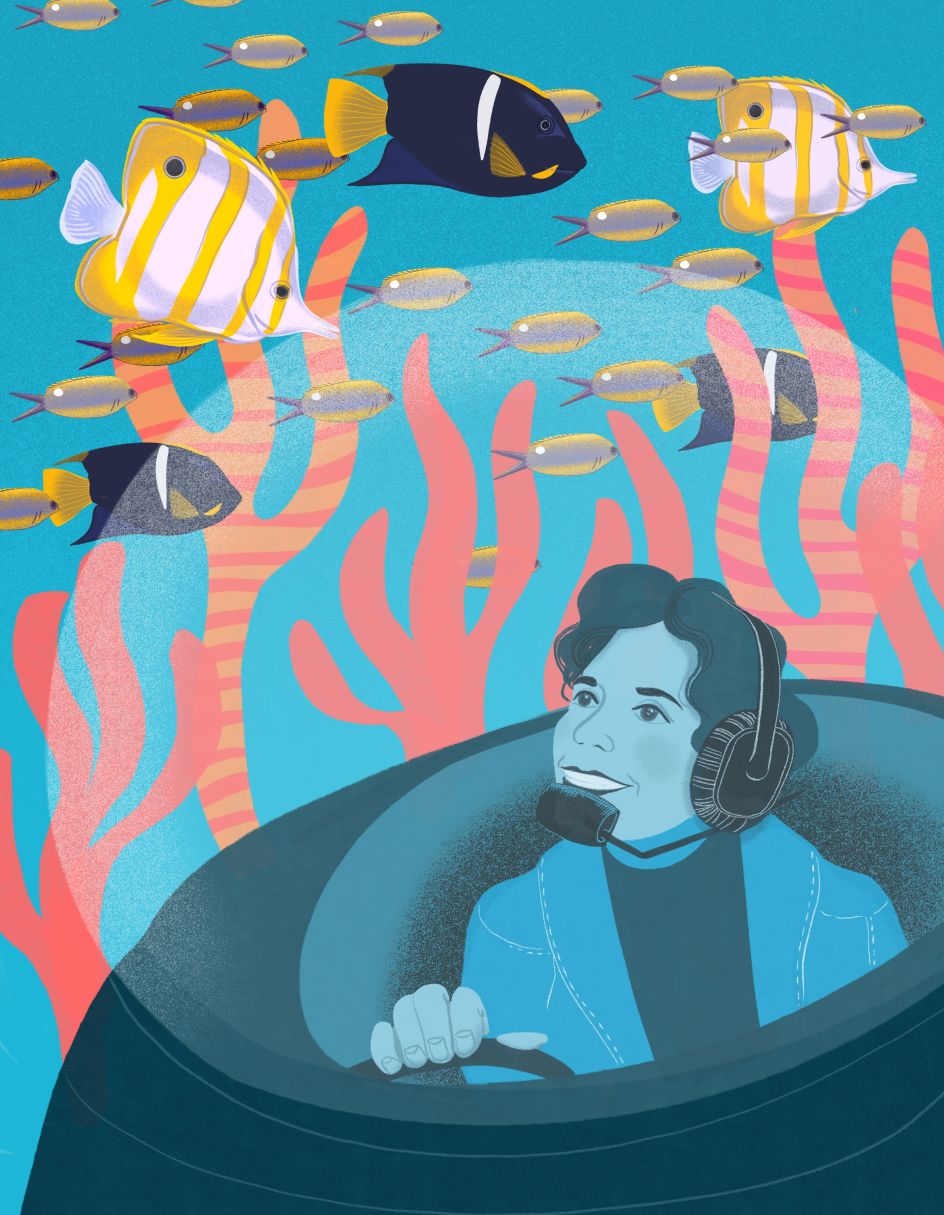
Sylvia Earle
Have you ever felt held back because of your gender?
I think there have been plenty of infuriating incidences where people have made false assumptions about me because of my gender. I don’t think my gender has ever held me back, I’m an only child and far too stubborn.
If I want to do something I’ll do it. I worked in a cinema for 12 years as a projectionist – there were probably three female projectionists over that time and at the very most two working at the same time. I loved it, but I lost interest when they switched from 35mm to digital.
The 35mm felt more creative and I really felt like an integral part of the department but the digital stuff just felt too technical and I very quickly felt out of my depth – and that was nothing to do with the team, my friends, I just wasn’t wired right for the tech stuff. If I couldn’t fix it with some scissors and a bit of sticky tape then I wasn’t sure what to do!
This year's International Women's Day is about "Balance for Better" – what more can be done to achieve a gender-balanced world?
Breaking down those assumptions that we can do some things and not others. The same goes for men too. We need to stop pretending everything’s that clear cut. Work to your strengths and do things you enjoy.
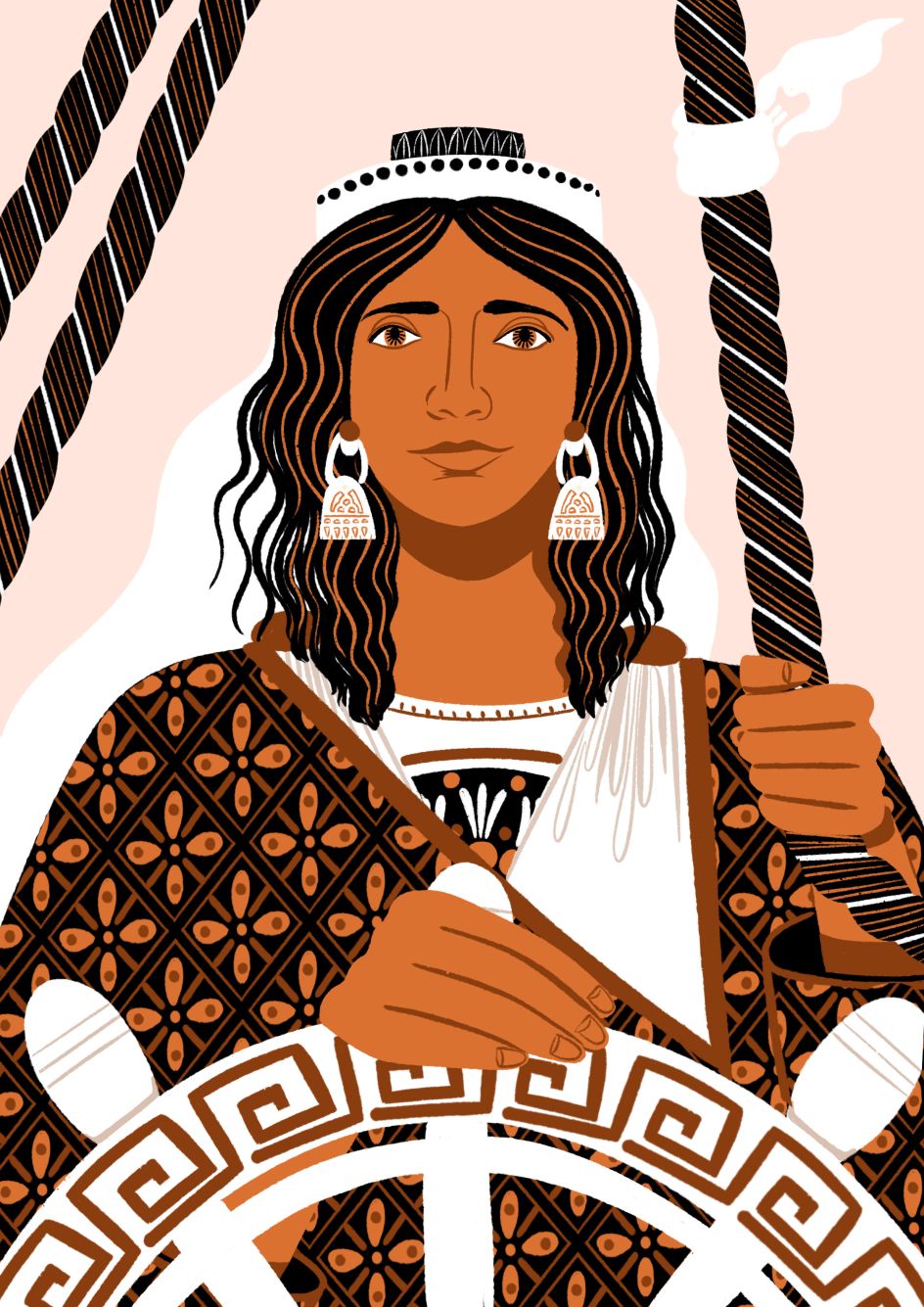
Teuta
Can you describe your style? How has it developed over the years?
My style’s usually very bright and bold, playful, curvaceous. Quite simple and tidy. I like mixing it up though and trying out new things, especially after working on this project. Variety was key and that really forced my style to develop and evolve new limbs and new ways of drawing people, playing with texture and light and shade and colours and composition.
What was your journey like to become a freelance illustrator?
My journey was pretty straight-forward. After university I worked full-time then gradually did the life/work balancing act of having a few freelance jobs and holding down a part-time job to top up money for food and bills. I finally bit the bullet in 2018 and went full-time freelance, which is probably one of the best and most frightening decisions I’ve ever made. So worth it.
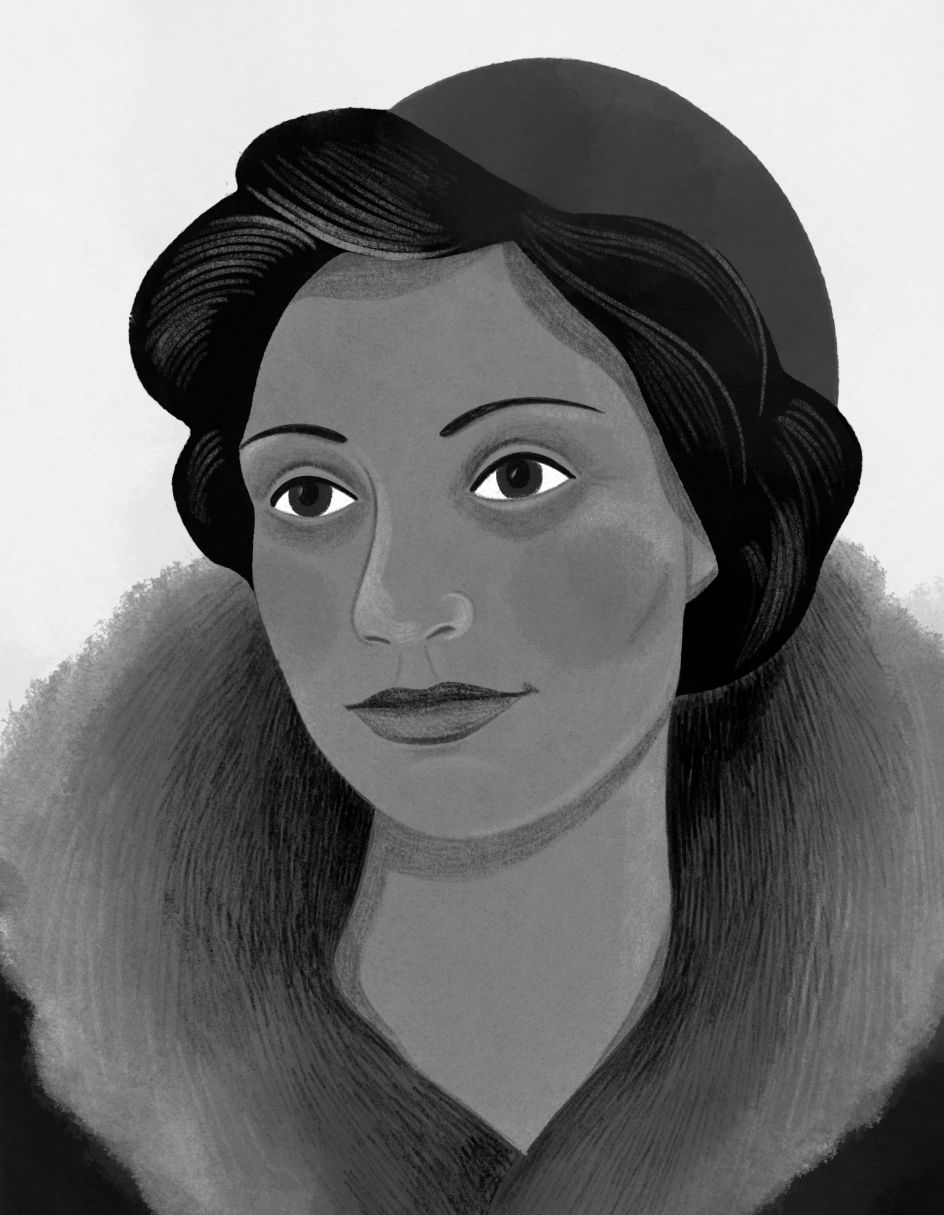
Noor Inayat Khan
What works for you in getting your name out there and finding new work?
I’m very driven (aka, I can’t sit still) and any free time I have I spend it on personal projects which in turn top up my portfolios and the circle of freelance life does its thing.
I don’t usually reach out for clients. Any downtime I have, I feed my online shop and focus on pushing that and applying for seasonal events. I love making new things and usually don’t need an excuse to move on and try something new.
Finally, what advice would you give to those hoping to follow in your footsteps?
You can do it! Try out new things, develop your style. It can be a very messy and mentally draining process but it’s so worth it. Also, don’t forget to give yourself some time off – I find that the hardest thing of all. I get a big kick out of being quite resourceful with my materials. There’s something immensely satisfying about making something work out of stuff I already have.
The Women Who Rode a Shark: And 50 More Wild Female Adventurers, written by Ailsa Ross and illustrated by Amy Blackwell, is published on 31 March by AA Publishing.

 for Creative Boom](https://www.creativeboom.com/upload/articles/06/063686a9a3b095b9b1f0e95df917ed4bd342be1b_732.jpg)



 using <a href="https://www.ohnotype.co/fonts/obviously" target="_blank">Obviously</a> by Oh No Type Co., Art Director, Brand & Creative—Spotify](https://www.creativeboom.com/upload/articles/6e/6ed31eddc26fa563f213fc76d6993dab9231ffe4_732.jpg)
 by Tüpokompanii](https://www.creativeboom.com/upload/articles/58/58684538770fb5b428dc1882f7a732f153500153_732.jpg)








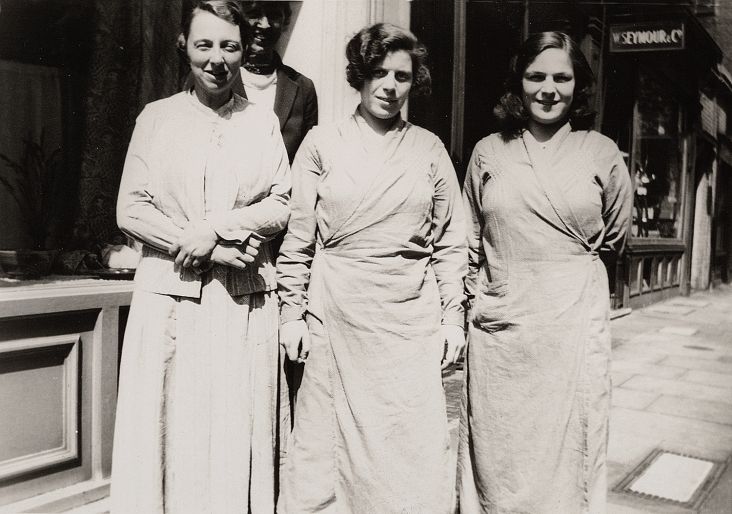
, commissioned by Creative Boom for International Women's Day 2019](https://www.creativeboom.com/upload/articles/ff/ff8b4a0d37fb80d76c19d258d293493de380241d_732.jpg)
